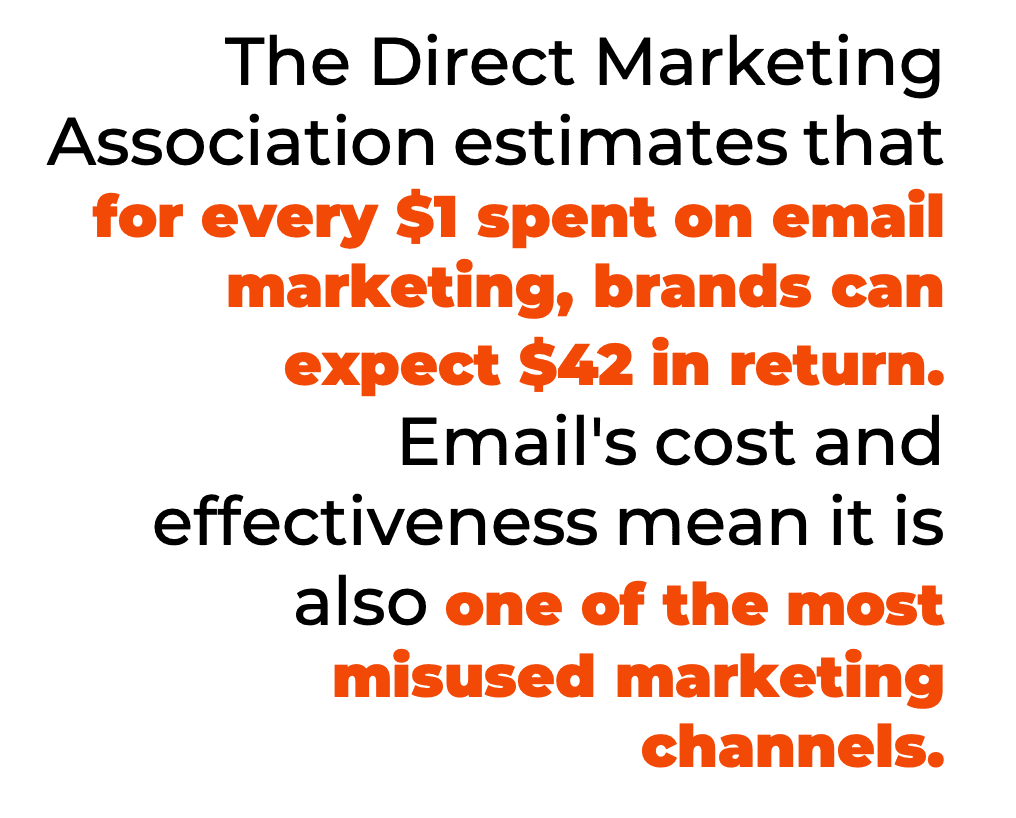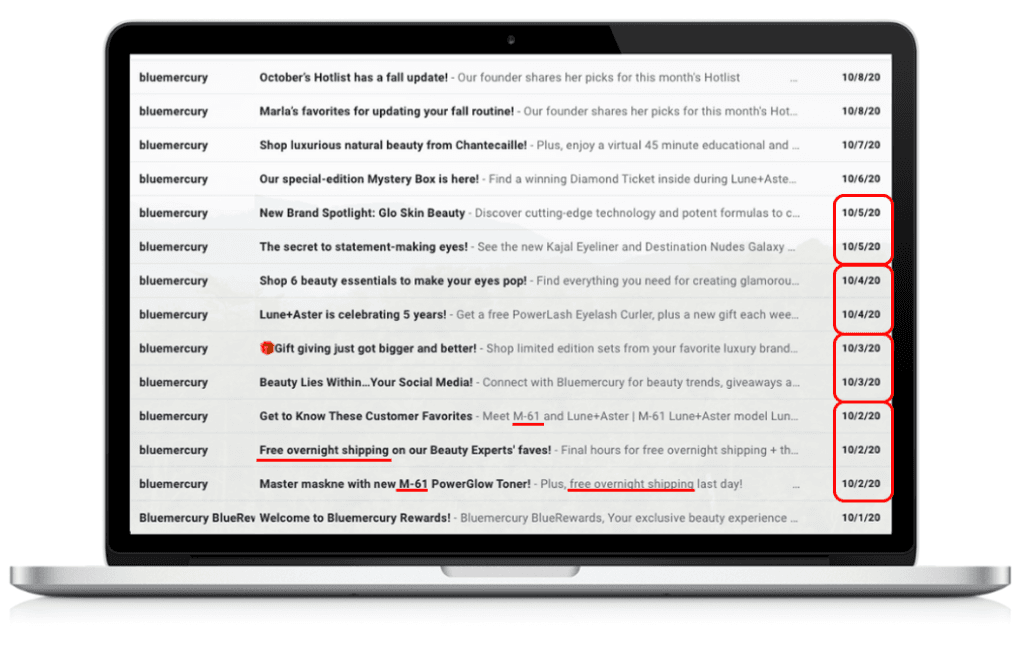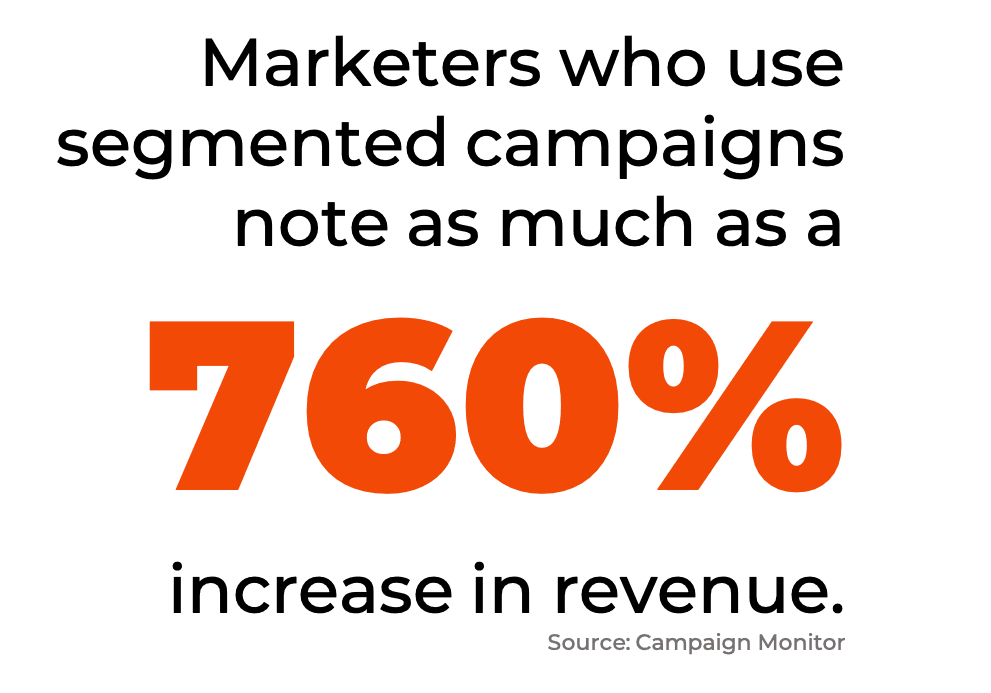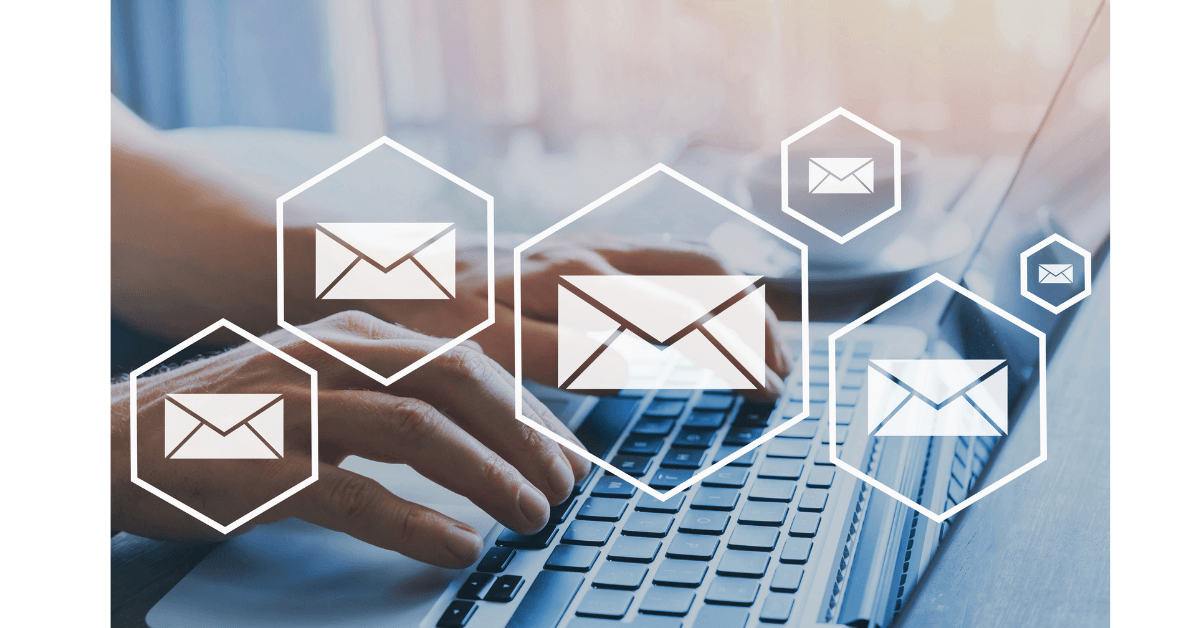They say communication is the key to a successful relationship. But how much is too much?

Email is one of the most effective channels, and also one of the least expensive channels through which to reach customers. The Direct Marketing Association estimates that for every $1 spent on email marketing, brands can expect $42 in return. Email’s cost and effectiveness mean it is also one of the most misused marketing channels.
I know every email marketer can point to a dashboard that shows conversions for marketing emails. I get it. I’ve been there! What those numbers don’t reflect, however, is the untold cost of unsubscribes, reduced engagement, and for those particularly promotional senders, the cost of training your customers to wait for a discount before making a purchase.
Stop harassing your customers’ inboxes. Try these alternatives instead:
1. Enable communications preferences:
Preference management is allowing customers to dictate how often and through which channels they want to be contacted. And sometimes these preferences even extend to what type of content they are interested in receiving.
Putting the control in the hands of the customer may sound intimidating. But customers are engaging via more channels than ever before, making it even more important to meet your customers where they are.
Here’s a real-life example of what *not* to do. A teachable moment, if you will.
Bluemercury is a luxury beauty retailer offering top brands across makeup, haircare, perfume, cosmetics, bath and body products. Below is a screenshot of my inbox one week after my enrollment into Bluemercury’s loyalty program called BlueRewards, which also opted me in to every promotional email they send:

Notice that the day after I enrolled in the program, I received no less than three emails in one day. I signed up to receive marketing text messages and saw the trend continue there, receiving 4 text messages in the first 2 days. I endured this overcommunication for one month until I finally had to unsubscribe. I received 54 emails in 30 days. That’s almost 2 untargeted emails a day. Had the brand given me the option of establishing my preferences, I would have looked forward to receiving emails about new brands and products, because it would have been my choice. Instead, the multiple communications in one day feels as though the brand is taking advantage of my interest in their loyalty program.
2. Leverage a solution that calendarizes your campaigns across marketing, loyalty, and other departments that communicate with customers.
It’s possible that these communications are all originating in different departments within Bluemercury. Those departments may not realize the volume of communications to which they are contributing. It’s not uncommon for marketing to send one set of emails, the customer’s local store to send others, the loyalty team to send program-specific communications, and your strategic partnerships team to send others. You may not realize that you are inundating your customer, but the customer probably does.
Establish daily/weekly limits across and within channels so as not to overload your customers. Create a prioritization of types of communications if your chosen platform offers that capability. This will help ensure customers receive high priority communications in the event of a conflict with other outreach.
Take a look at the three emails I received on 10/2. Two of the three emails highlight the same product, and two emails also feature a free shipping offer. Had these features and offers been calendarized, Bluemercury could have combined these two messages into one more meaningful email.

3. Leverage a machine learning-enhanced email marketing tool to inform your A/B testing, subject lines, channel and time of day/day of week to send.
Artificial intelligence and machine learning are making their way into more platforms and tools. Forrester’s most recent Email Marketing Service Providers Wave highlights providers that are leveraging AI and ML to dynamically personalize email content and offers, predict customer behavior, and inform product recommendations.
AI- and ML-powered solutions not only increase effectiveness but can also result in considerable cost savings in the form of less time and resources spent planning subject lines, A/B tests, and more.
If Bluemercury had been using an AI- or ML-powered solution, they likely could have detected a downward trend in my email open rate and used that to dial back their send frequency, or to increase their personalization efforts. Had even one of these two predictive measures been deployed, Bluemercury may not have lost me as a subscriber.
4. Gather data to segment your campaigns:
According to Campaign Monitor, marketers who use segmented campaigns note as much as a 760% increase in revenue.

Gather transaction history, preferences, survey data, response data and other sources and use these insights to target communications. Customers’ expectations for personalization are at an all-time high.
Even in the absence of an AI- or ML-powered email marketing platform, Bluemercury could have asked me three simple questions upon email signup or loyalty program enrollment in order to target and personalize their emails:
-
- Which types of beauty products interest you most (i.e., skincare, cosmetics, perfume, haircare, etc.)?
- Age
- What’s your biggest skin concern (i.e., acne, aging, combination, sensitive, etc.)?
5. Ensure you’re not always trying to sell, sell, sell.
I’m sure the Bluemercury free shipping offer enjoys a fairly high conversion rate, but that doesn’t make it acceptable to send two more emails on days when the brand sends high value offers.
Sending too many promotional emails also trains your customers to wait for a sale.
Remember the bookseller Borders? They had 3 emails that they sent on a rotating basis, with the third one being a 25% off coupon, their richest offer. Knowing that a coupon was coming, I was trained to wait until week 3. Don’t think that savvy consumers aren’t wise to your wily ways.
Make sure to strike a balance between promotional emails and content-related emails that provide value to the customer. Out of all of the Bluemercury emails pictured above, one is content-related. And even that email opens with two product features. I would love to have received a video, for example, about how to prioritize products in my skincare regimen to maximize their effectiveness.
Content emails are a more elegant and authentic alternative to promotional emails. Showing customers how to use a product or suggesting new applications for a product can increase usage and purchase frequency as a result. Crafting these emails takes more time and effort than a promotional email but can go a long way towards retaining your subscriber base. Throw in some customer testimonials, too. Consumers trust peers more than they trust marketing these days.
Lastly, ensure you’re measuring these efforts against prior performance. Use these metrics to determine if you are indeed inundating customers with emails, or if their tolerance levels permit more frequent outreach. Organizations value most what they measure, so look outward to see how customers are responding instead of inward to the marketing calendar.
Are you concerned that you may be bombarding your customers with emails? The Incendio team will work with you to optimize your communications and customer relationships with fewer emails. Contact us today at Info@IncendioWorks.com










Leave A Comment